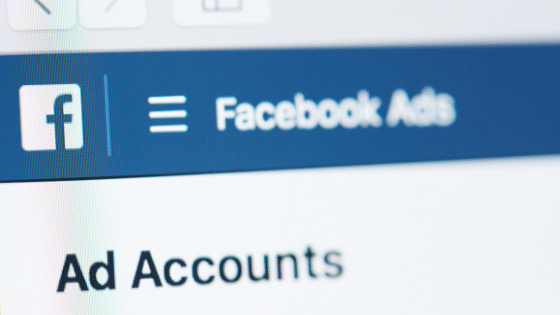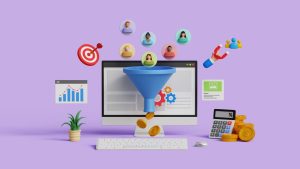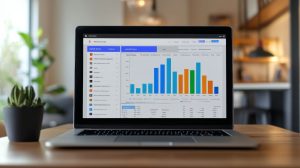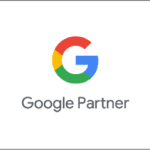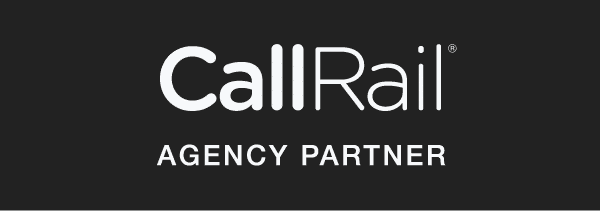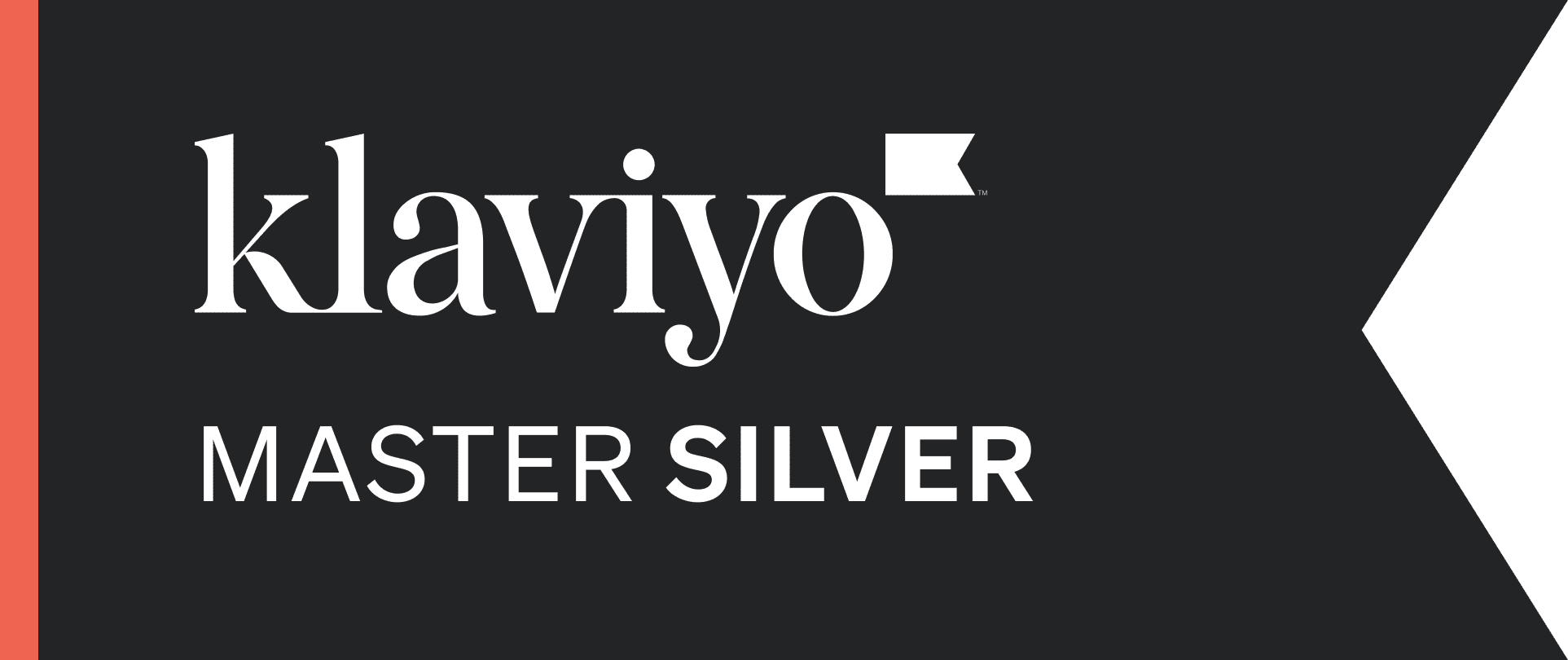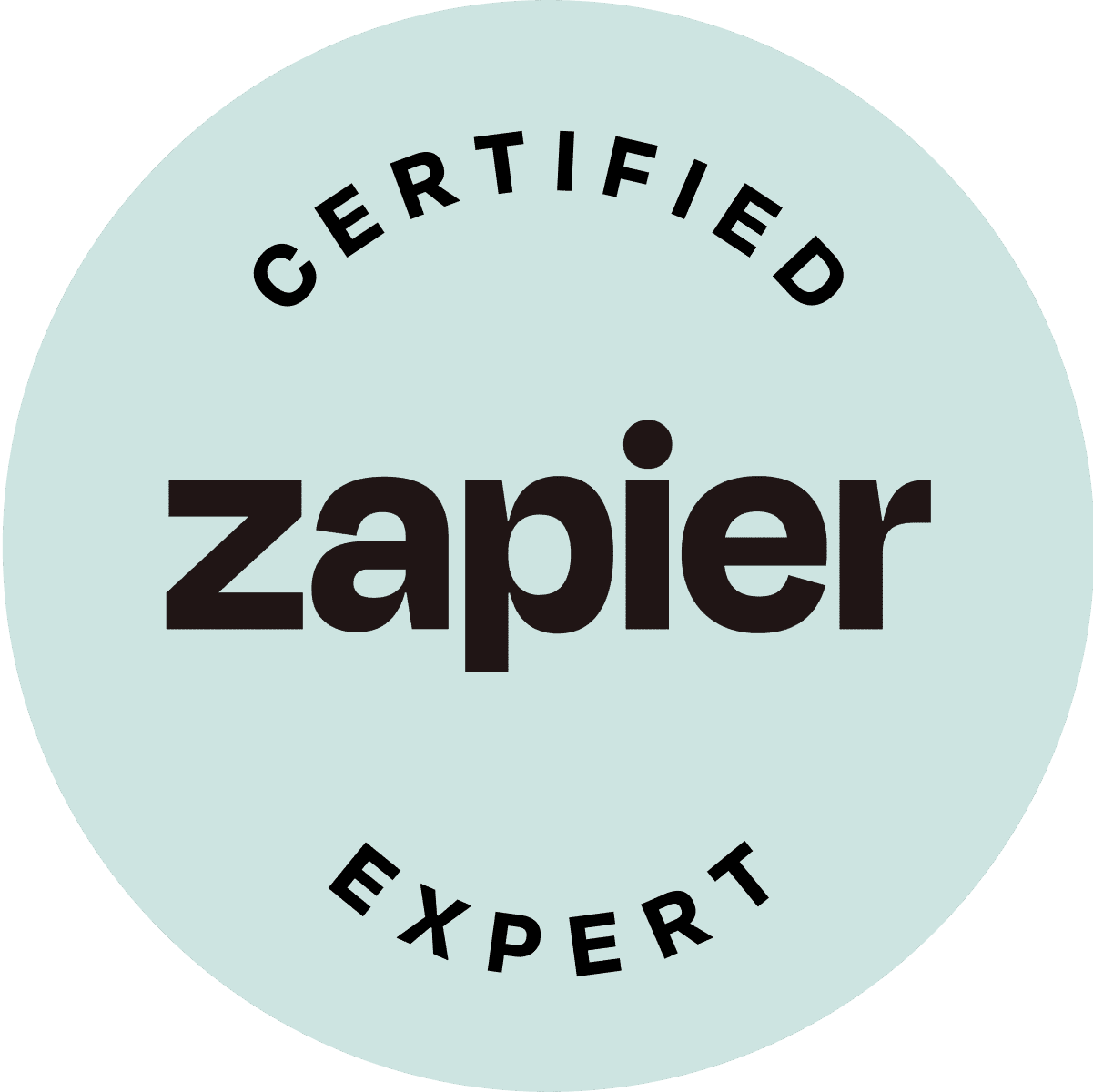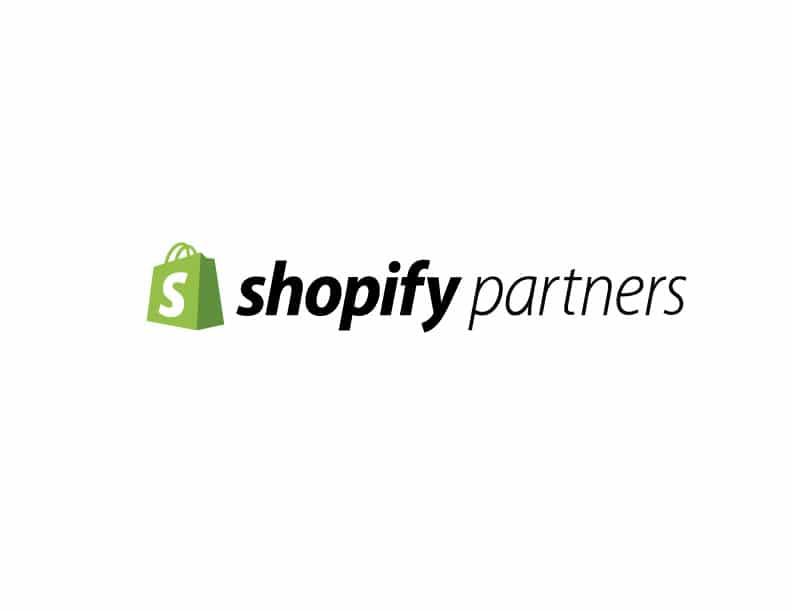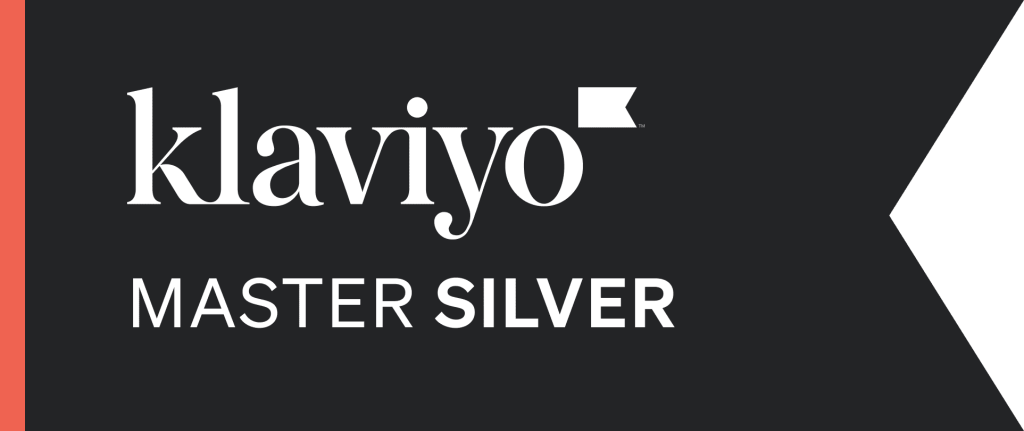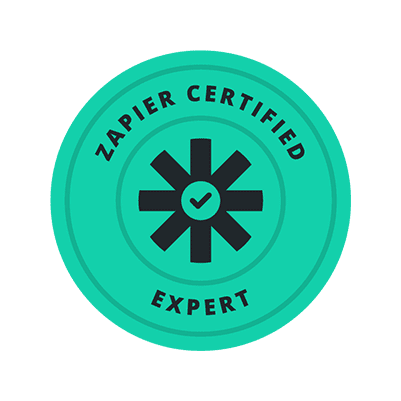It’s no secret that social media marketing is one the most prevalent forms of advertising, so if you’re using Facebook ads, this article is for you.
Facebook and Instagram are running more ads than ever. If you haven’t tapped into this vast reservoir of potential, you might want to ask why? Or, if you have and are not seeing the results you’d like, stay tuned to learn the six most common mistakes you might be making with Facebook.
1. Testing Multiple Interests In a Single Facebook Ad Set
Have you ever run a Facebook ad that returned great results initially but shortly stopped working? Consider this mistake: bundling information in the creation process.
In the early stages of ad testing, marketers tend to research relevant interests to audiences that they can then use to target them. Following that, they run a set of ads with all of those interests in the same ad set. Using audience interests isn’t bad per se, but this method makes it nearly impossible to target just what specific interest was most effective. Also, it makes an ad impossible to scale when you find additional interests similar to the interest that brought in the sale.
As an alternative, create a list of all the interests you want to target, grouping them into several categories. Then, create multiple ad sets and target them individually to a single group of interests. Using this strategy, you will know how broad each audience is, which one is the best, and how to find other attractions for testing.
2. Not Enough Budget for Too Many Facebook Ads
Companies think running many Facebook ad campaigns with ad sets will result in more traffic and leads. However, in actuality, it leads to high costs, inefficiency, confusion, and poor results. One person can’t keep track of hundreds of Facebook ads at once.
The better alternative is to consolidate audiences into ad sets with larger budgets. Also, use Facebook’s split testing to discover which ads and audience work best.
Once you integrate your best audience into just a few ad sets, drop your best 3-6 ads in each set. Test new ad copy with images and videos using the proper split testing in separate campaigns. Set your ad sets on a reasonable budget to fully leverage the algorithm for Facebook, which needs at 50-100 conversions per ad set per week. For instance, if you have a $5 lead, place your ad budget to $35-50, at least higher if you use Campaign Budget Optimization.
3.Running Facebook Ads with No Follow-up Management
Once active, advertisers need to manage campaigns instead of letting them go to prevent Facebook ad fatigue. The key here is to develop sustainable results from advertising by analyzing your campaigns continuously. Review your relevance, frequency, Return on Ad Spend, cost, and CM metrics; make adjustments to ad creative and copy, along with objective and targeting.
4. Creating New Facebook Ads Vs. Managing Successful Ads
If you’ve run an ad that brought in leads, it’s time to nurture it, not create new ones. Since Facebook needs at least fifty conversions per ad set per week to perform, it’s best to scale back on the number of your ads. Put more money into the ones that performed well, and they will continue to perform well. You don’t want to squander your budget on new ads that won’t be as effective. You can always go back and adjust old ads before they die since remarketing is efficient and effective.
5. Using Facebook Ads to Sell too Quickly
A golden rule in marketing states you must give before you ask. The phrase means that you have to provide value and gain recognition by a customer before you serve them with an ad asking them to buy something. Don’t be too eager to sell to your customers just yet. You need to gain a reputation first.
Provide something of value as an intermediary step for traffic generation. It could be the start of a meaningful conversation to build a nurturing relationship. When people are ready to buy, they’re more likely to choose your company.
6. Selecting the Wrong Objective for Facebook Campaigns
With creating a new ad campaign, the first step you must do is choose the campaign objective. We select the objective that best matches our goal from Facebook’s three categories: awareness, consideration, and conversion.
Awareness is the lead generation stage. It’s when you first expose someone to your business, service, or product. You will want to run campaigns that target awareness when you are working towards growing your audience.
Consideration is the stage where people know about your business, so it’s time to get informative. Share information about the product or service you offer by doing product demos or bringing awareness to your unique value proposition.
Conversion is all about closing the sale to people who have already gone through the first stages of the sales funnel. It’s your last effort for someone to complete your call to action, such as making a purchase, booking an appointment, or signing up for something.
While conversion is the end goal, remember that you can’t instantly convert someone without putting in the time and effort. Run ads that target awareness, consideration, and conversion objectives in a natural flow.
REVITY Runs Effective Facebook Ads
If you want Facebook ads that deliver valuable results, REVITY, a digital marketing agency, is here to help. We have the team, tools, and know-how to drive sales and revenue for your business. And did we mention that we do so much more than digital ads? From SEO to organic social media to content creation, we are a full-service agency you can depend on.
We serve clients worldwide, so contact us today if you’re ready to learn more about our services and team!

